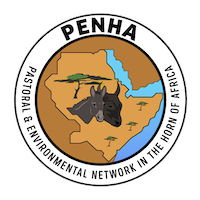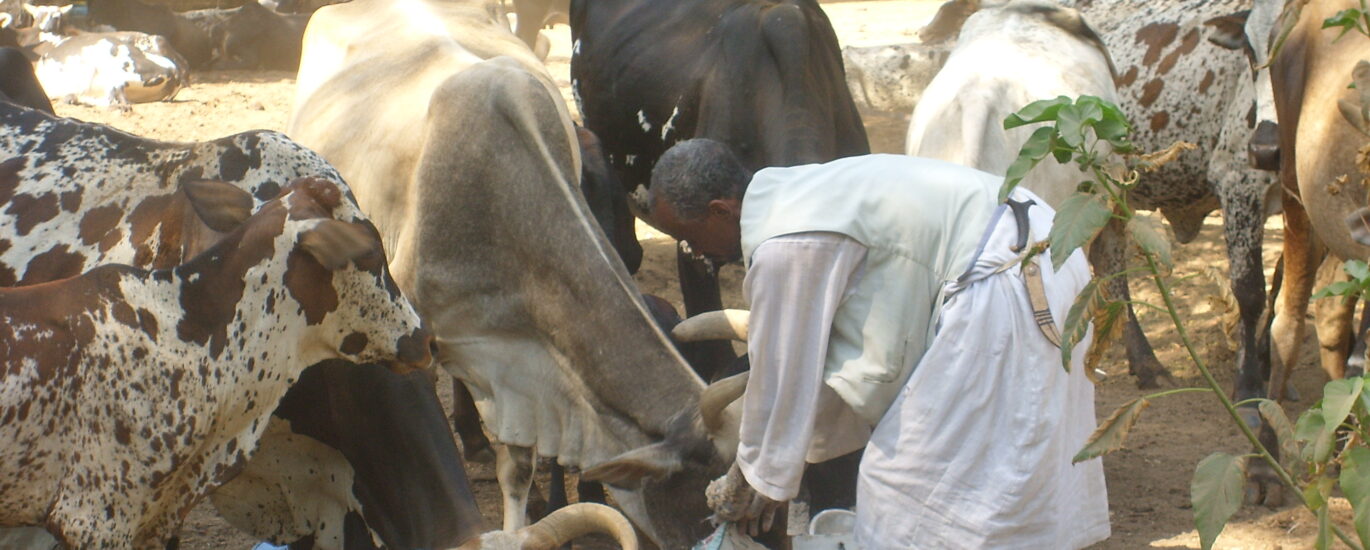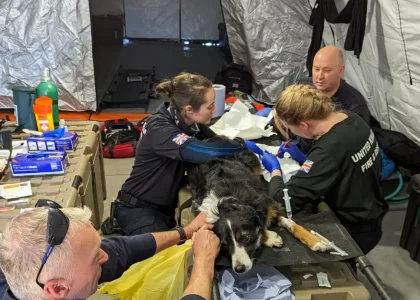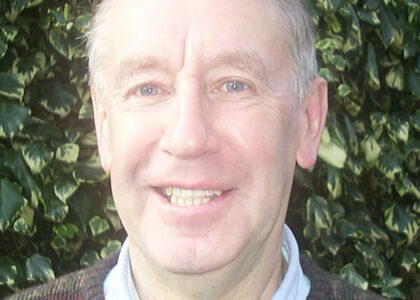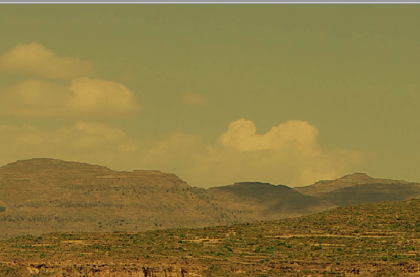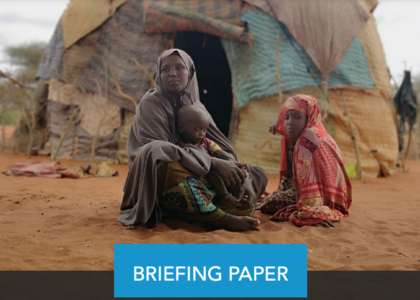By: FRED PEARCE
Cotton, sugar, palm oil… you name it. Most governments in the developing world believe such plantation cash crops must be a better use of land, and must deliver greater economic returns, than cattle pastures. That’s what most of the current land grabs in Africa are about. That’s why the World Bank calls the continent’s millions of square kilometres of unfenced savanna “the world’s last large reserve of underused land”.
But are the great grasslands really “underused”? Leaving aside the social and legal issues associated with annexing these lands, what is the bottom line for economic development?
There have been remarkably few analyses of what economists term the “opportunity costs” of big irrigation schemes. Of how they stack up against the pastoral alternative? So the findings of a new investigation from Ethiopia could, and certainly should, reverberate across Africa.
Ethiopia’s government has high ambitions for economic development, but sometimes appears to have less regard for herders. For decades, the leaders in Addis Ababa, whatever their political persuasions, have been hell bent on converting pastures to irrigated agriculture.
They are not alone in this, but their endeavour has been exceptional. Ethiopia’s current five-year plan offers up three million more hectares, most of it grazing land, for large-scale mechanized agriculture.
One of the earliest regions targeted was the Awash valley in the northeast of the country. This is the domain of the Afar and Oromo, Ethiopia’s largest ethnic group. Since the 1960s, their grazing lands have been progressively fenced off for cotton estates and sugar farms, such as the giant Metehara plantation established by a Dutch combine. Most recently, in 2008, the government gave an Indian company some of the region’s best surviving dry-season grazing areas to grow more sugar.
To date, the Oromo have lost 60% of their land, and are scrapping with the Afar for what is left. Not surprisingly, there are growing concerns about the militancy of the Oromo Liberation Front.
Is this long-standing land grab worth it? Does it bring development? A new economic analysis of the valley from Roy Behnke and Carol Kerven of Imperial College London, for the International Institute for Environment and Development, called Counting the Costs, says not.
Of course, much depends on commodity prices and the variable efficiency of the farms. But the authors find that, in the Awash valley, revenues per hectare are higher on areas still devoted to livestock than they are for either sugar or cotton plantations. Sugar cane farming, the more profitable of the two, only matches the returns from livestock one year in four.
Behnke and Kerven conclude that, here at least, “pastoralism is consistently more profitable than either cotton or sugar… while avoiding many of the environmental costs associated with large-scale irrigation projects.”
Not only do the giant irrigation schemes, behind their high fences, fail to deliver cash, they also damage soils, undermining the future productivity of the land. They leave behind saline, waterlogged soils, and weed infestations that will be extremely costly to rehabilitate. Adding in the uncertainties that climate change threatens for future water supplies for irrigation and pastoralism is, they conclude, “a surer investment in longer term resilience and economic stability”.
The lessons here matter for the whole of the continent. As Behnke and Kerven put it: “The Awash valley illustrates what lies in store for pastoral areas, if African governments pursue a policy of modernised agriculture by displacing mobile livestock production.”
In Ethiopia, those lessons have obvious resonance for current grand efforts by the government to transform the Omo river valley on the other side of the country. The Omo valley, which drains southwest into Kenya, is being dammed to generate hydropower and to irrigate almost half a million hectares of sugar and other plantations. The Gibe III dam, which will be Africa’s tallest, is nearing completion.
Some 200,000 herders along the Omo River are likely to lose out. Last June, Human Rights Watchreported on forced expulsions of herders from their ancestral lands to make room for sugar. The government denies the charges of brutality, as it does the suggestion that there will be huge environmental damage downstream.
But most observers and funding agencies disagree. According to a study for the African Development Bank, the planned irrigation will likely halve the volume of water in Lake Turkana, which lies just over the border in Kenya. The lake, which gets 90 per cent of its water from the Omo, is currently the world’s largest desert lake and a World Heritage Site.
When he visited the Omo valley in 2011, Ethiopia’s then prime minister Meles Zenawi said: “We want our people to have a modern life and won’t allow [them] to be a case study of ancient living for scientists and researchers.”
But the truth, if the Awash valley is a model, could turn out rather different. “Taking the property of the people of the Omo valley may make the Ethiopian government richer,” say Behnke and Kerven, “but it will not increase net economic returns from agriculture, and it will almost certainly impoverish… the many who are dispossessed.”
This article was first published on the Agriculture and Ecosystems Blog.
Source: http://wle.cgiar.org/blogs/2013/03/19/agricultural-return/
Photo: Zebu cattle in rural Ethiopia. Photo Credit: Diana Prichard on Flickr
